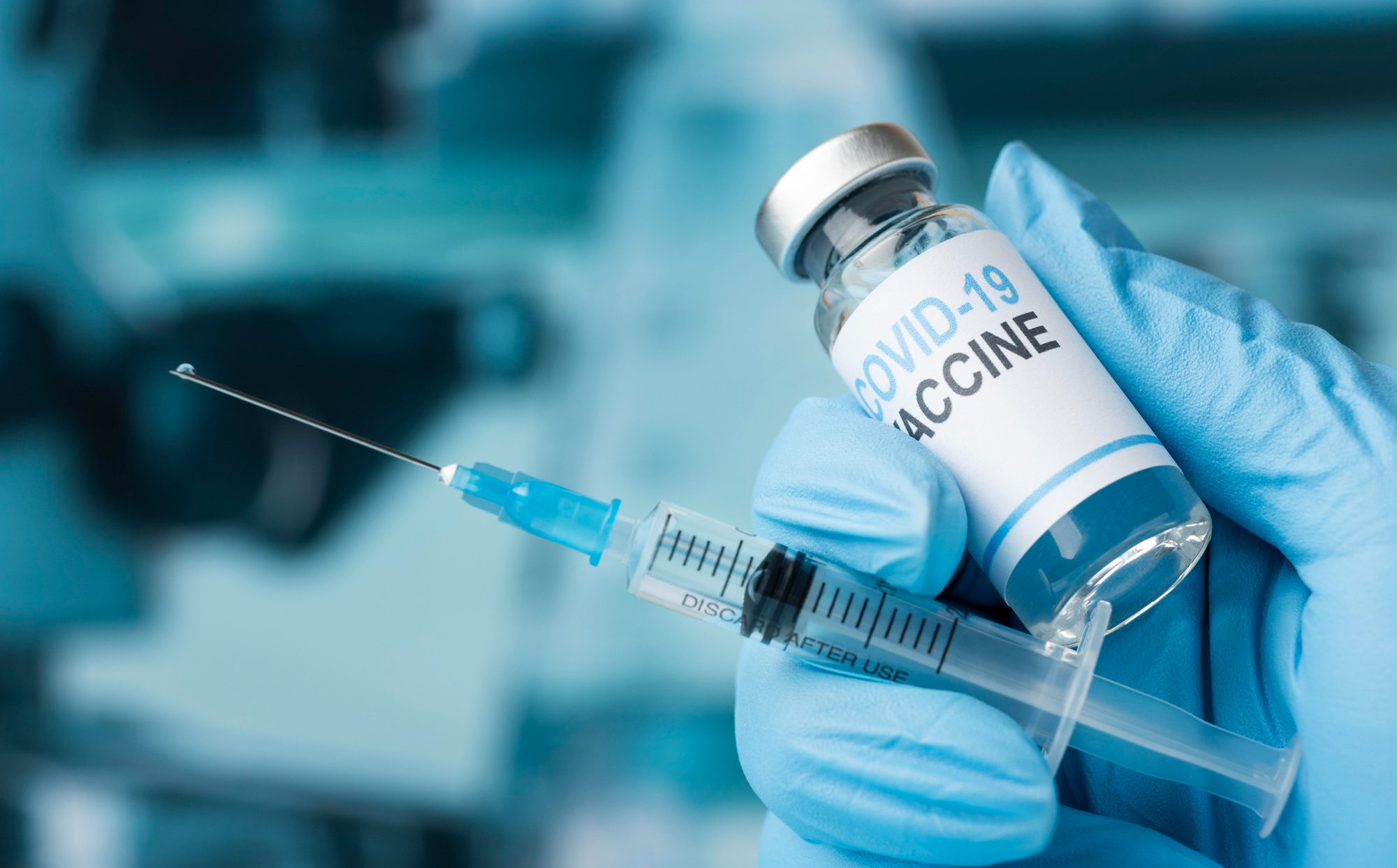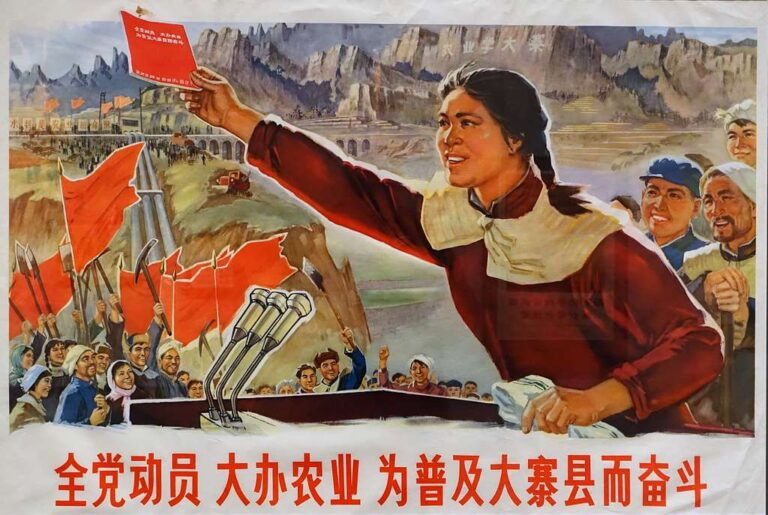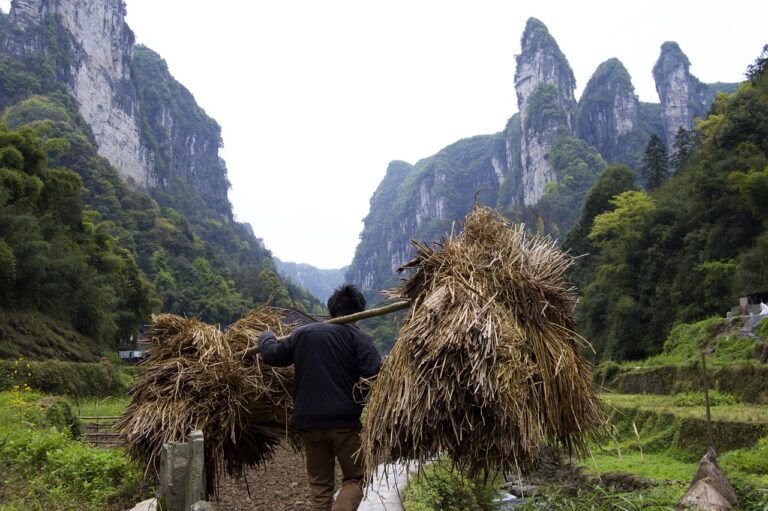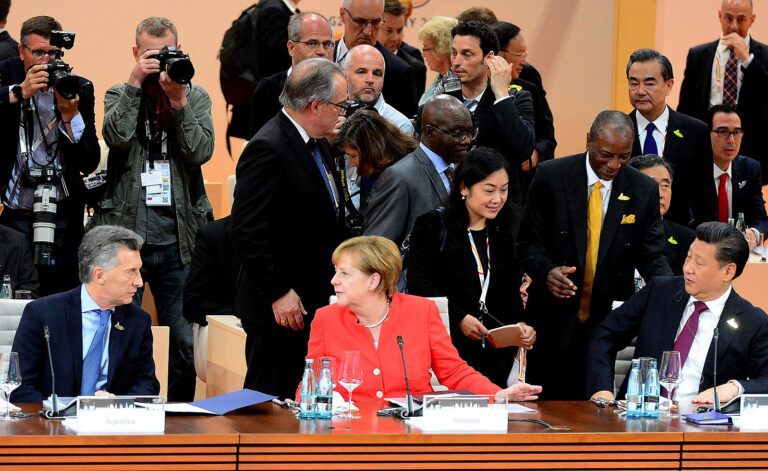
Since early 2021, China has emerged as one of the key COVID-19 vaccine providers to lower-income countries, actively providing both donations and commercial deliveries. China mostly negotiated the purchases on a bilateral basis, utilizing the donations for its diplomacy goals. Despite the overall demand for vaccines declining and interest in China’s jabs taking a hit, Beijing keeps making new donation pledges.
The war waged by Russia on Ukraine and its far-reaching consequences have overshadowed the challenge of the COVID-19 pandemic, including the global vaccination drive. Nevertheless, given China’s role in providing vaccines abroad and the debates it has generated, it is now a good time to look back and closely examine the logic of donations and commercial deliveries by Beijing.
Finding and analyzing data on China’s vaccine donations and purchases is an arduous and time-consuming effort. The data compiled for the purposes of this article were gathered from open sources, as the only official information often comes from reporting on handover ceremonies in the recipient countries, with the press releases often available solely in the local languages. The data thus might be incomplete, despite considerable time and effort devoted.
Vaccine Race
In the initial stage of vaccine exports in early 2021, there was a flurry of pledges and proclamations by Beijing, with the expected number of doses to be delivered often left undisclosed. While there were concerns that China would not meet its delivery pledges, considering the size of the Chinese population that needed vaccination and unclear manufacturing capacities, the overall data show that China far outpaced the initial expectations. Based on information available in March 2021, China pledged to donate approximately 9 million doses to 37 countries. As of August 2022, China has delivered at least 140 million doses classified as donations to 100 countries.
To put it into perspective, based on the data provided by UNICEF, the US is the largest donor with about 597 million doses donated. China is second, followed by the EU countries Germany (117 million), France (74 million), Italy (52 million), and Spain (48 million).
Chinese donations represent about 17 percent of Sinopharm and 7 percent of Sinovac total deliveries based on the UNICEF data dashboard. Further deliveries consisted of purchases through COVAX (approximately 232 million doses) and commercial deliveries on a bilateral basis (about 1.14 billion doses – 392 million doses sold by Sinopharm, 720 million doses by Sinovac and 27 million vaccine doses by CanSino).
As the interactive map above shows, China predominantly donated the vaccines to its neighboring countries with the largest number flowing to Myanmar (about 20 million doses) and Cambodia (about 12 million doses).
China is Myanmar’s largest economic and diplomatic partner, even after the initial hesitancy following the 2021 military coup. These close ties were therefore also reflected during the COVID-19 pandemic. Interestingly, China supposedly provided vaccines to an armed group known as the Kachin Independence Army (KIA) operating in the northern part of Myanmar bordering China. KIA benefits from abundant natural resources located in the region, especially gold, amber, and jade, which enable it to fund its activities against the military junta. China might have tried to prevent the spread of the virus in its closest neighborhood, especially as in the regions governed by armed groups, locals tend to distrust and oppose the ruling junta, leading to low interest in vaccination.
Beyond the closest neighborhood, China has allocated a huge amount of vaccine donations to Ethiopia (13.6 million doses), one of China’s most important partners on the African continent. There are currently about 400 construction and manufacturing projects funded by China in the country. Notably, Ethiopia did not purchase any vaccines from China and relied solely on donations. Otherwise, the Chinese donations to African countries were on a much lower scale, with a median value of 400,000. In comparison, the median value for donations to Asian countries was 1.3 million doses.
In Europe, China donated about 3.4 million doses, with the largest amount by far donated to Belarus (2.9 million doses) and considerably smaller donations provided to Western Balkan countries (Bosnia and Herzegovina, Montenegro, North Macedonia and Serbia) as well as Moldova. As for the purchases, the UNICEF data dashboard shows about 30 million doses of Chinese vaccines delivered to European countries. Over one third of these vaccines were, based on the dashboard, delivered to Ukraine prior to the Russian invasion in February 2022. When in June 2021, Ukraine joined the UN statement condemning China’s human rights abuses in Xinjiang, media reported that China threatened to cancel the vaccine deliveries to Ukraine, which likely pressured Kyiv to withdraw its support for the statement. Other larger purchases were made by Hungary (about 5 million doses), Belarus (4.6 million doses) and Serbia (3.6 million doses).
It was initially anticipated that through the donations of a small number of Chinese vaccines, China could motivate the recipient countries to purchase in much higher amounts. Yet, the data show that half of the countries that were donated vaccines from China, especially those located in Central Africa, did not proceed with any purchases from Beijing. On the other hand, smaller donations often accompanied a commercial delivery from China.
Initially, India was a significant competitor for China in terms of providing vaccine donations and commercial deliveries in developing countries. Moreover, in March 2021, the Quad grouping announced the vaccine partnership aimed at expanding manufacturing capacities and addressing logistical and financial obstacles, in which the capacities of India’s large pharmaceutical industry were to play a crucial role. By the end of March 2021, India provided over 8.5 million vaccine doses to 38 countries, many of them in China’s closest neighborhood. Nevertheless, as India struggled with the domestic pandemic situation, it was forced to revisit its strategy and consequently delayed vaccine deliveries. Based on the data provided by the Indian government at the time of writing this article, India has donated 14.9 million doses overall, mostly to developing countries, falling far behind China.
Delivery Calendar
As the graph below shows, the deliveries of Chinese donations peaked in December 2021, followed by an abrupt decline at the beginning of 2022, and gathered pace again in summer 2022, predominantly driven by donations to African countries. The spikes, evident in the graph were often driven by large vaccine allocations to single countries, such as in June 2022, with two large donations to Ethiopia (10 million doses) and Myanmar (2 million doses). The 2022 decline in exports was not only witnessed in terms of donations but also in purchases as shown by the UNICEF data.
The steep decline in Chinese vaccine donations might have been caused by several factors. At the beginning of 2022, the Omicron variant started to prevail and health experts recognized that inactivated virus vaccines (including all those produced in China), were less effective than mRNA vaccines. Therefore, countries usually opted for different vaccines as a booster shot to provide protection against the new mutations, diminishing the interest in securing vaccines from China. At the beginning of 2022, mRNA vaccines such as Pfizer and Moderna exceeded Chinese vaccines in deliveries to lower-income countries.
The lower exports of Chinese vaccines in early 2022 might have been also caused by an increase in vaccine deliveries that India realized through COVAX. In November 2021, India resumed providing vaccines through COVAX after suspending it in April 2021. Consequently, lower-income countries gained another alternative to Chinese vaccines.
Inevitably, the lowering demand worldwide for inoculation might have impacted also the exports of Chinese vaccines. With populations getting accustomed to living with COVID-19 and its newer variants causing less severe disease, inhabitants of developed countries are reluctant to accept repeated booster shots and the lower-income countries are hesitant toward inoculation in general. The number of exports therefore lowered also for other vaccine producers.
China, however, endeavors to proceed with its vaccine diplomacy efforts and during the past months pledged further large donations to several countries, such as Cambodia (20 million), Kenya (10 million), Rwanda (4 million), Uganda (5 million) and Zimbabwe (10 million). These large pledges amount to approximately one third of all vaccines previously donated by China.
Opportunity to Shine
In February 2021, China also pledged to provide 10 million vaccine doses to COVAX, a global vaccine sharing initiative coordinated by CEPI, Gavi, and WHO, aiming to ensure accessibility of COVID-19 vaccines, especially to lower-income countries. Later in 2021, China also donated $100 million to COVAX. As mentioned above, the data gathered by UNICEF show that almost 114 million doses of Sinopharm and 118 million doses of Sinovac were sold through the COVAX scheme which far exceeds the initial pledge.
Interestingly, the data on COVID-19 vaccine deliveries show that China has distributed the vaccines through the COVAX initiative solely on a commercial basis. Whereas the Hong Kong Special Administrative Region (HKSAR) allocated donations to Uganda and Zambia through COVAX, Beijing donated vaccines strictly on a bilateral basis. Such a strategy allowed to apply this instrument of public diplomacy in many developing countries around the world which flooded both local and international media with reports of handover ceremonies accompanied by speeches extolling the quality of bilateral relations and China’s generosity.
To put these figures into context, the US shipped approximately 318 million doses through COVAX as donations, which corresponds to about half of its total donations. Meanwhile, the most active EU countries, such as Germany, France, Italy, and Spain, used the COVAX delivery scheme considerably more often, making almost all of their donations via this initiative.
The evaluation of China’s vaccine diplomacy and its impacts on the country’s image are difficult to assess. In any case, China donated considerably more vaccines than it proclaimed in spring 2021 when commencing with the deliveries. Notably, China started with its vaccine deliveries earlier than other vaccine producers, making it the first vaccine available in many developing countries. This might have contributed to a perception of China as an active vaccine provider among the inhabitants of the recipient countries. For instance, a survey conducted in 2021 indicated that 58 percent of the ASEAN countries considered China to be the most active vaccine provider to the region, followed by the US with 23 percent.
Nevertheless, given various factors, especially the lower efficacy of Chinese inactivated virus vaccines against new COVID-19 mutations and generally lower demand for vaccination, the interest of countries to receive donations and/or renew the commercial deals declined in 2022. The massive lockdowns China witnessed in the spring of 2022 and persistence on the zero-COVID policy might have, on the other hand, negatively influenced the image of the successful pandemic management. In other words, assessing the impacts of China’s vaccine diplomacy and related information campaigns on Beijing’s image around the world may not be easily summarized and its long-term consequences remain to be seen.
Written by
Veronika Blablová
Veronika Blablová is an analyst at CEIAS.


